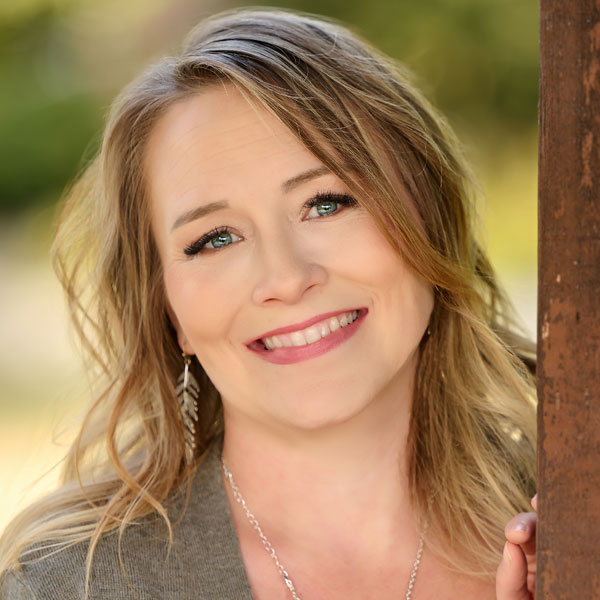Because neuroscience is always changing, it’s important to understand that there are no longer different types of autism. In 2013, the diagnostic manual used by the mental health industry in the U.S. reversed outdated information that classified autism into separate categories.
 Today, mental health professionals provide a diagnosis of autism spectrum disorder, which can vary in its level of diagnosis.
Today, mental health professionals provide a diagnosis of autism spectrum disorder, which can vary in its level of diagnosis.
Instead of different types of autism, there are now levels one, two, and three, which are divided based on the amount of support a person with ASD needs. In this article, we will discuss what the myths about autism were, what the three levels of ASD are now, and how to get help from a mental health professional if you or someone you love has been diagnosed with ASD.
Outdated misconceptions about different types of autism
In previous years, medical professionals thought autism fell under one of the following sub-types: Asperger’s syndrome (also known as high-functioning autism), childhood disintegrative disorder, Rett syndrome, and Pervasive developmental disorder.
To distinguish the levels of autism (one, two, or three), here is a summary of the now-defunct different types of autism.
- Asperger’s syndrome previously referred to a child or adult who had a level one diagnosis, where language difficulties were almost not present at all. The child or adult functioned just as well as a non-divergent person. But socially, someone who was diagnosed with Asperger’s syndrome struggled to connect and understand social cues, particularly as they got older and social norms required more complex perceptions.
- Childhood disintegrative disorder characterized any child who regresses after developing neurotypically in two or more areas: language processing, verbal expression, social interactions, motor skills, and peer-to-peer play.
- Rett syndrome was once associated with autism because some children were diagnosed with both; however, Rett syndrome is a genetic neurological disorder caused by a rare gene mutation.
- Pervasive developmental disorder was akin to an umbrella term to signify someone who had some markers of autism but perhaps not all. Today’s most equivalent terminology is autism spectrum disorder.
Three autism spectrum disorder levels defined
 Because autism spectrum disorder is a heterogeneous condition, there may appear to be different types of autism when it’s displayed at varying levels depending on the person who is diagnosed with ASD.
Because autism spectrum disorder is a heterogeneous condition, there may appear to be different types of autism when it’s displayed at varying levels depending on the person who is diagnosed with ASD.
A level one diagnosis is someone who can exchange language; developmentally, it seems typical. However, this person, though often highly intelligent, misses social cues and often struggles to initiate social interactions. A person with level one ASD may also struggle with disorganization and transitions between activities due to a high rigidity with repetitive behaviors.
A person with level one ASD may be inflexible and unwilling to engage socially but accomplished in many other measured endeavors. Some support from others usually helps someone diagnosed as level one because they can learn how to initiate and interpret social cues.
Level two diagnosis is a person who needs substantial support from others. Someone at this level may struggle significantly with communication outside of a small niche of topics he or she is interested in. Even with support, this person may not be able to communicate well verbally and may also have strange nonverbal responses and behaviors, which make interacting socially problematic.
Someone with a level three diagnosis needs the most support. These people with ASD have extreme difficulties with any type of change, and they may not communicate much at all or be non-verbal. Outside of trying to get their own needs met, these people may not understand the significance of social interaction.
How to support your loved one with autism spectrum disorder
 One of the primary ways you can support someone with ASD is to learn about autism. Reading current research-backed articles about autism spectrum disorder helps debunk myths such as the old idea that there are different types of autism. Second, it’s important not to make any assumptions about your loved one because of his or her diagnosis.
One of the primary ways you can support someone with ASD is to learn about autism. Reading current research-backed articles about autism spectrum disorder helps debunk myths such as the old idea that there are different types of autism. Second, it’s important not to make any assumptions about your loved one because of his or her diagnosis.
When we assume that all people with autism act the same, it’s like assuming that all redheads or all blue-eyed people act the same. It just isn’t true, and it can be damaging to our loved one’s self-perception and make them feel unloved.
Another way to support someone you love with ASD is to celebrate everyday interactions whether small or large. Maybe your brother does not typically look up when you walk into a room, but today he did. That’s progress!
Perhaps your child with level one autism decided to accept the invitation to attend a friend’s birthday party. Knowing how challenging social situations are for your child, this simple “yes” is the epitome of your child’s courage. Even if your child changes his or her mind about going, the fact that something inside makes him or her want to attend the party is a step in the right direction. Celebrating small developments can remind your loved one that you support them.
Finally, try not to push your loved one with ASD. Neurotypical children, teens, and adults do not respond well to being pushed to do something, so why would someone with autism spectrum disorder? Just as you would want the time and space to adapt to change, it’s important to give your loved one that same courtesy.
Even if it feels like a small change to you, it could be a huge transition to your loved one. A different breakfast food, a change in plans, or a canceled family event can be difficult for someone with ASD to digest. Let your loved one take it in the best way they know how.
What to do if you or someone you know may have ASD
If you or someone you know may have undiagnosed autism spectrum disorder, the best thing you can do is listen and be supportive. If they ask for your help, or you are starting to wonder if you could have undiagnosed ASD, please leave the diagnosis to a professionally licensed counselor who has experience in the field of psychology.
The counselors in our offices have varying degrees of specialization, and many are experienced in diagnosing autism spectrum disorder in both children and adults.
 Another encouragement is not to stress about a possible diagnosis. There are thousands of people living with autism spectrum disorder who lead productive, happy lifestyles. Many people with ASD work, make friends, marry, and serve their communities, relating with others regularly.
Another encouragement is not to stress about a possible diagnosis. There are thousands of people living with autism spectrum disorder who lead productive, happy lifestyles. Many people with ASD work, make friends, marry, and serve their communities, relating with others regularly.
You and/or someone you love is more than their autism diagnosis. Try to focus on the uniqueness of who God designed you to be apart from the possible diagnosis of ASD. Do you love to paint? Are you good at puzzles? Do you have a passion for animals? Develop your interests and talents and keep learning.
Continuing a lifelong love of learning can impact your ability to accept new ways of doing things, adapt to change, and find previously undiscovered hobbies. But going this alone isn’t the answer.
Reach out to a trained counselor for support and connections. Many counselors can help you find social groups designed just for people with autism spectrum disorder. They can also help you connect to resources in your local community to help with job networking, therapy, and accessing services as you or your loved one shifts to adulthood.
Different types of autism don’t have to hold you back because you are not your diagnosis. Whether you have level one, two, or three ASD, you are first and foremost a child of God created with a unique purpose to fulfill. Learning how you are equipped with special skills and gifts may help you remember that you are a powerful contributor to the world around you.
Whether it’s you or a friend or loved one with autism, please ask for help when you need it. Contact our office today to schedule an appointment.
“Cliff”, Courtesy of K. Mitch Hodge, Unsplash.com, CC0 License; “Question”, Courtesy of Alexander Mils, Unsplash.com, Unsplash+ License; “Idea”, Courtesy of Ave Calvar, Unsplash.com, Unsplash+ License; “Sitting on the Edge”, Courtesy of Jesse Bowser, Unsplash.com, CC0 License






